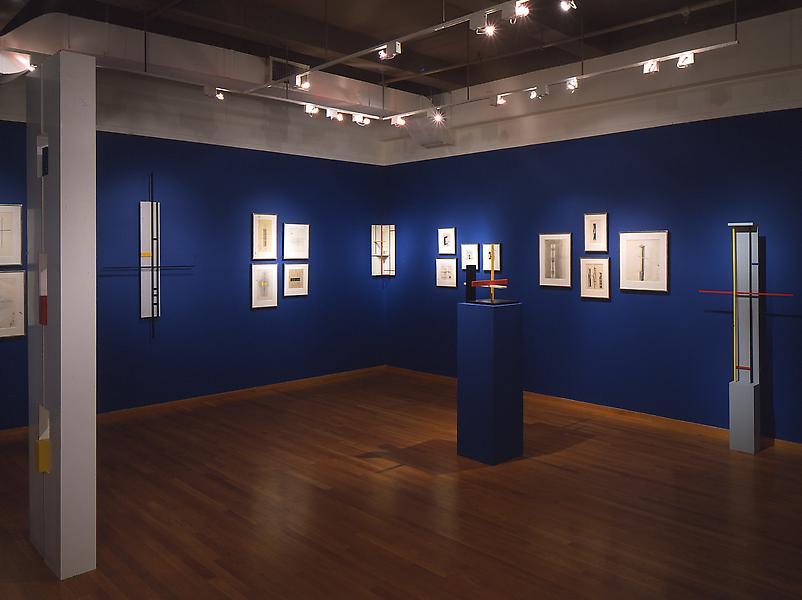Burgoyne Diller: The Third Dimension features important sculpture and wall reliefs as well as drawings for three-dimensional works spanning Diller’s entire creative career. Burgoyne Diller is recognized as among the most significant and influential twentieth-century artists devoted to geometric abstraction. As early as the 1930s, he was regarded as a leader of the avant-garde in American art and a forefather of the 1960s minimalist movement.
Upon exploring Burgoyne Diller’s oeuvre, it is apparent that the third dimension was a lifelong obsession which played a significant role in his creative process. Surprisingly, though, the sculptural aspect of Diller’s art has not been sufficiently examined and, as a result, there are misconceptions of Diller as a principally two dimensional artist following in the tradition of Piet Mondrian. This exhibition illustrates Diller’s ongoing preoccupation and extraordinary accomplishments in the realm of sculpture.
During the early 1930s, Burgoyne Diller studied at the Art Students League. In 1934, he was employed as an easel painter by the Public Works of Arts Project (PWAP). In 1935, he was appointed Director of the New York City WPA/FAP Mural Division and in 1937, was a founding member of the American



